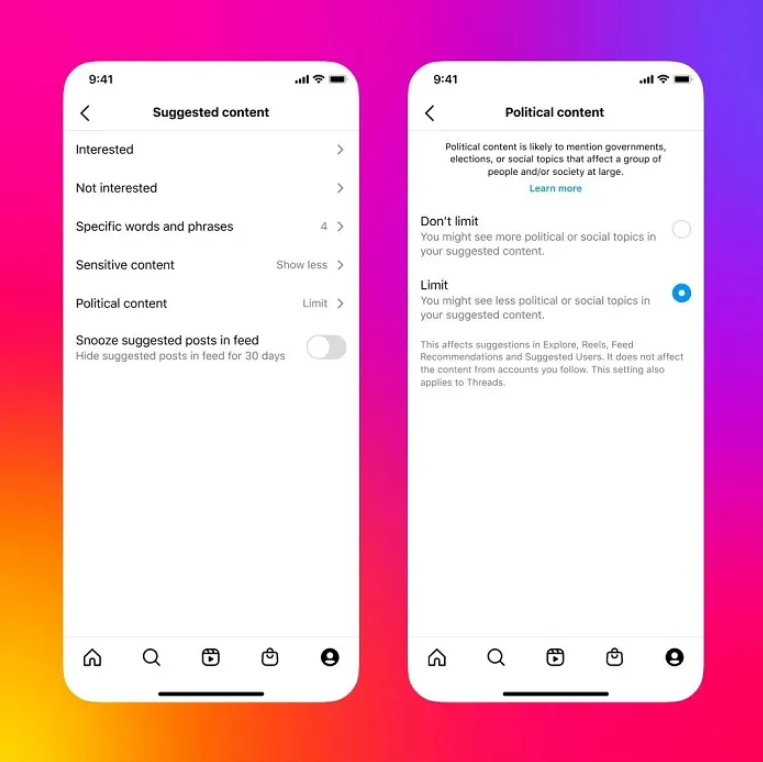In a recent update, Threads has introduced a novel approach to content organization through the testing of topic tags. This feature offers users a new way to connect their updates with a broader array of posts on similar subjects, steering away from conventional hashtags.
Unlike traditional hashtags, Threads’ topic tags provide users with an option to link their text without the necessity of including an actual hashtag. This means users won’t have to memorize specific tags; instead, they can tap the hash icon while adding a subject, entity, or discussion trend to create an active link.
Instagram clarifies the process: “When creating a Threads post, press the # button or type “#” followed by text to add a tag. Once selected and posted, users can click on the tag to explore related posts on the topic.”
What sets this apart from the regular hashtag process? Notably, the topic tagging system demands user input for each tag, eliminating the possibility of simply copying and pasting a post to associate it with trending tags. This manual tagging approach acts as a deterrent to spammers and scammers seeking to exploit popular tags for their own purposes.
Crucially, Threads limits users to adding only one tag per post, preventing the overuse of tags to maximize exposure potential. This limitation was observed during recent testing.
Threads has approached topic categorization cautiously, addressing concerns about spammy usage and potential negative incentives tied to engagement. Meta aims to foster a positive public conversation environment with Threads, and the experimentation with limited content sorting, beyond hashtags alone, reflects this commitment.
While Meta recognizes the necessity of tags for users eager to explore trending discussions, it seeks to strike a balance. The new tagging option is currently undergoing initial testing with users in Australia before potential global implementation. As this functionality evolves, its effectiveness and ability to mitigate misuse will become clearer, offering users a refined way to engage in real-time discussions.








